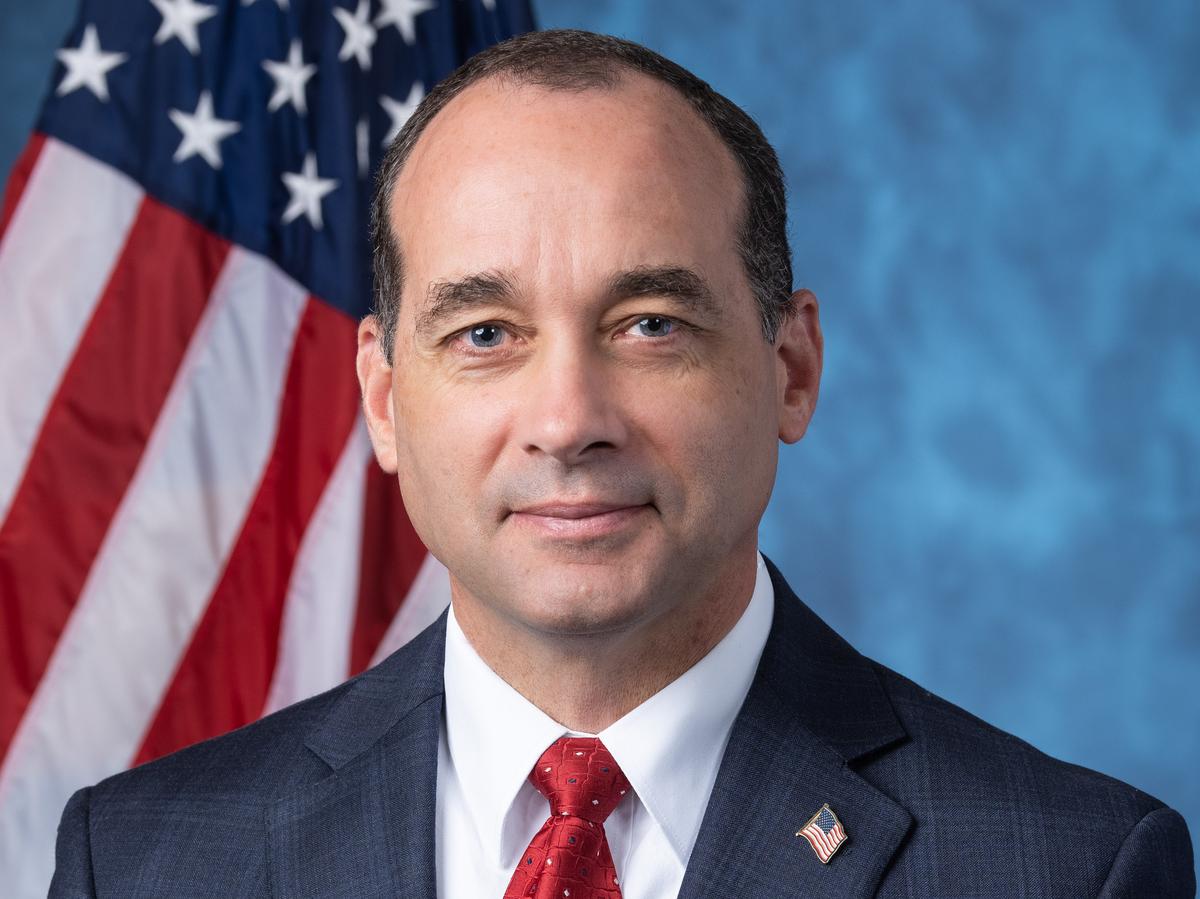

The proclamation describes the landscape’s unique density of significant cultural, historical, and archaeological artifacts spanning thousands of years, including remains of single family homes, ancient cliff dwellings, large villages, granaries, kivas, towers, ceremonial sites, prehistoric steps cut into cliff faces, and a prehistoric road system that connected the people of Bears Ears to each other and possibly beyond. Approximately two dozen other Tribal Nations and Pueblos have cultural ties to the area as well.ĭescribing as much as 13,000 years of human occupation of the Bears Ears landscape, Proclamation 9558 contextualizes the compelling need to protect one of the most extraordinary cultural landscapes in the United States. This proclamation confirms, restores, and supplements the boundaries and protections provided by Proclamation 9558, including the continued reservation of land added to the monument by Proclamation 9681 of December 4, 2017.Īs Proclamation 9558 recognizes, the greater Bears Ears landscape, characterized by deep sandstone canyons, broad desert mesas, towering monoliths, forested mountaintops dotted with lush meadows, and the striking Bears Ears Buttes, has supported indigenous people of the Southwest from time immemorial and continues to be sacred land to the Hopi Tribe, Navajo Nation, Ute Indian Tribe of the Uintah and Ouray Reservation, Ute Mountain Ute Tribe, and Pueblo of Zuni.

Few national monuments more clearly meet the Antiquities Act’s criteria for protection than the Bears Ears Buttes and surrounding areas. It was not until the Hopi Tribe, Navajo Nation, Ute Indian Tribe of the Uintah and Ouray Reservation, Ute Mountain Ute Tribe, and Pueblo of Zuni united in a common vision to protect these sacred lands and requested permanent protection from President Obama that Bears Ears National Monument became a reality. Nevertheless, for more than 100 years, indigenous people, historians, conservationists, scientists, archaeologists, and other groups advocated unsuccessfully for protection of the Bears Ears landscape.

As early as 1904, advocates for protection of cultural landscapes described for the Congress the tragedy of the destruction of objects of historic and scientific interest across the American Southwest and identified the Bears Ears region as one of seven areas in need of immediate protection. Preserving the sacred landscape and unique cultural resources in the Bears Ears region was an impetus for passage of the Antiquities Act in 1906. President Barack Obama’s establishment of the Bears Ears National Monument in Proclamation 9558 of December 28, 2016, represented the culmination of more than a century of efforts to protect the ancestral homeland of Tribal Nations that all refer to the area by the same name - Hoon’Naqvut (Hopi), Shash Jaa’ (Navajo), Kwiyagatu Nukavachi (Ute), and Ansh An Lashokdiwe (Zuni): Bears Ears.


 0 kommentar(er)
0 kommentar(er)
